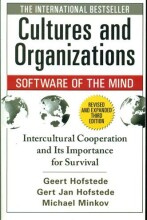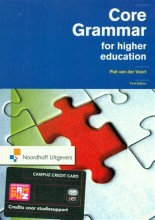Elections - Modern issues
3 important questions on Elections - Modern issues
what is 'proportional representation'? Is it used at all in Britain?
It means that parties are represented in the government according to the number of votes they get at elections. This would give opportunities for other parties than the two large ones to get seats in Parliament and therefore it is not to the advantage of the two-party system. Proportional representation is already used in northern Ireland, Wales and Scotland and some local government bodies, but not at a national level yet.
What is the turnout of the elections?
What changes in the relationship between social classes and voting behaviour have taken place?
There was a time when most working-class people voted Labour and most middle-class people voted Conservative all their lives. The winning party was the one which managed to get the most of the 'floating voters'. This is no longer the case. Also there is more support for other than the two large parties, such as Liberal Democrats. People now seem to be more fluid in there voting habits. Also, when it comes to voting, ideology seems to be less important than presentation.
The question on the page originate from the summary of the following study material:
- A unique study and practice tool
- Never study anything twice again
- Get the grades you hope for
- 100% sure, 100% understanding






























